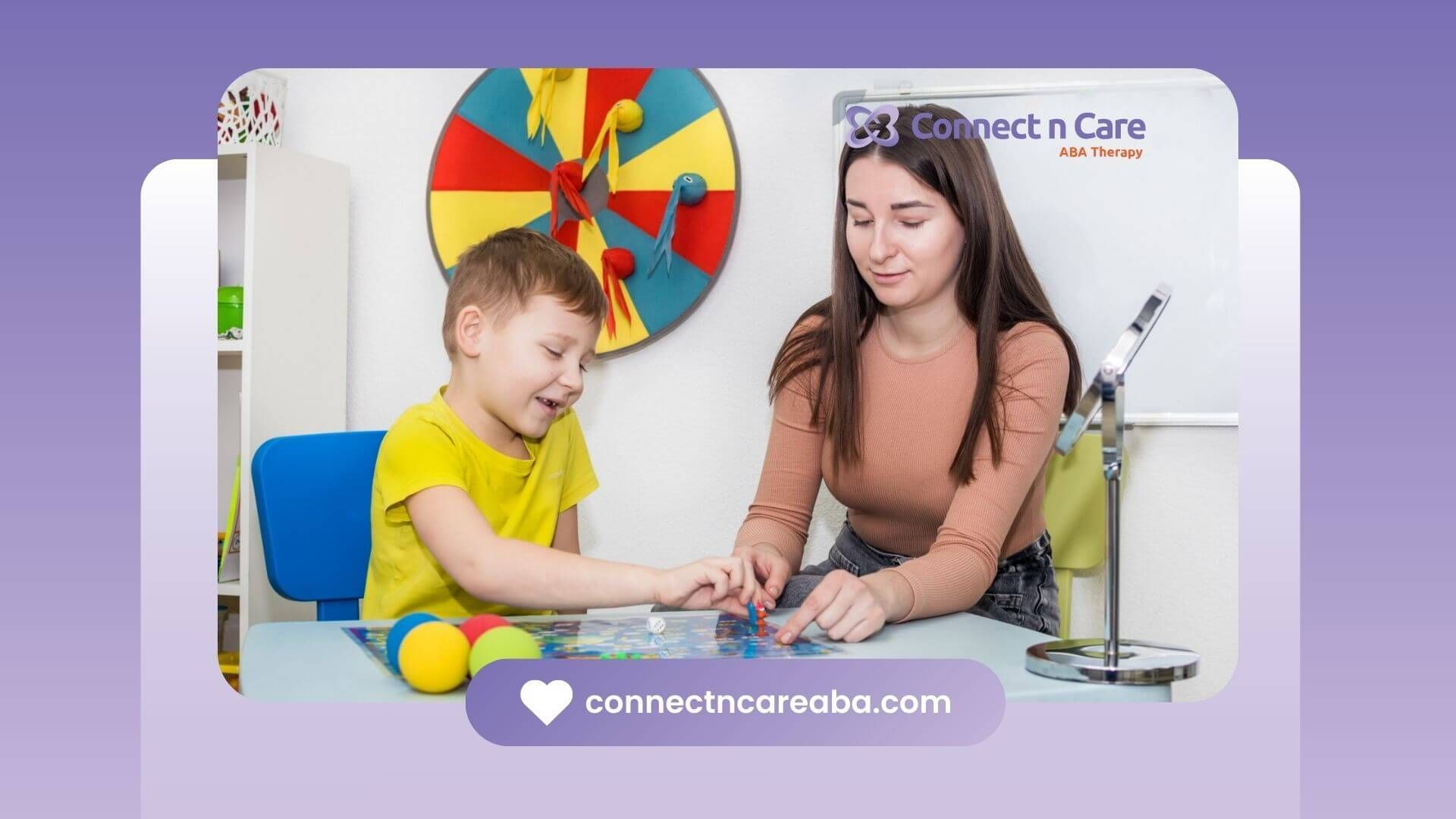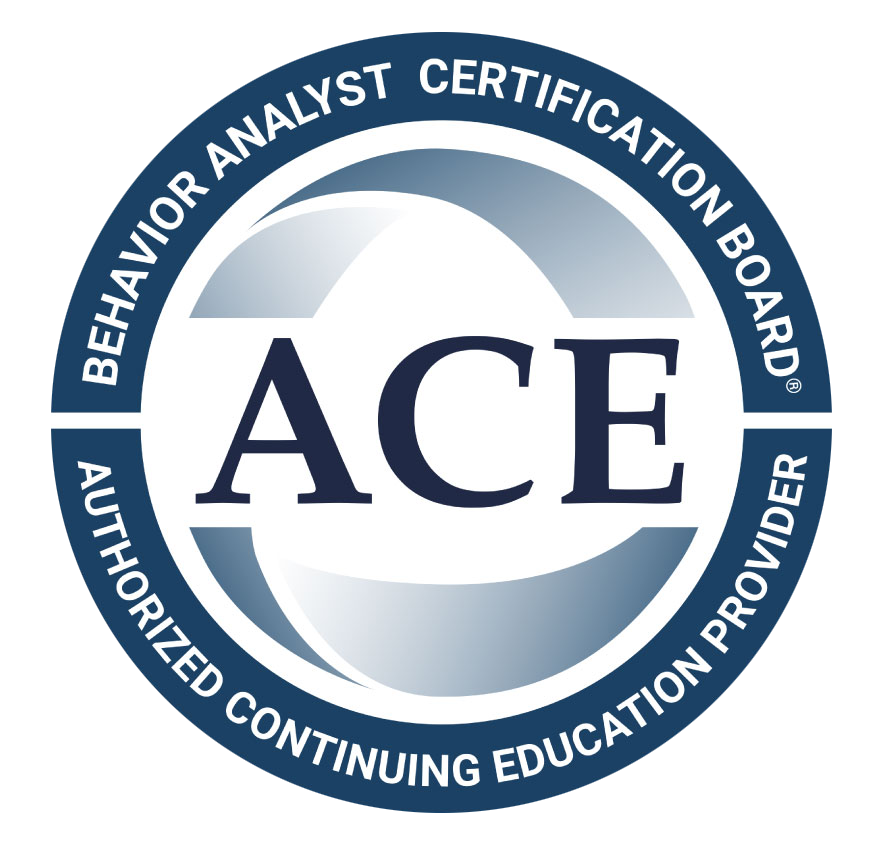Teaching kitchen safety to children with autism is an essential life skill that can help them become more independent while ensuring they stay safe in the kitchen.
Children with autism may struggle with understanding complex safety rules, so it's important to break down tasks and instructions into simple, manageable steps. With clear, consistent strategies and hands-on practice, you can teach your child important kitchen safety skills in a way that works for them.
1. Start with Simple Kitchen Safety Rules
Introduce basic kitchen safety rules in simple, clear language. Use visual aids such as pictures, charts, or safety symbols to illustrate key points, such as "hot stove," "sharp knives," and "clean spills immediately."
These visual cues make abstract safety concepts more concrete and accessible for children with autism.
2. Use Structured Routines
For children with autism, routines are key to learning new skills. Set up a consistent sequence for kitchen tasks. For example, always start by washing hands, then gather ingredients, and end with cleaning up. Keeping this routine predictable helps reduce anxiety and supports learning.
3. Model Safe Behavior
Children with autism learn by observing, so it’s crucial to model safe kitchen behaviors. Show your child how to handle kitchen tools like knives, scissors, and the stove safely. Let them help with age-appropriate tasks, such as stirring or washing vegetables, while you demonstrate proper techniques.
4. Incorporate Hands-On Practice
Once your child understands the basic rules, give them opportunities to practice kitchen safety. Start with simple tasks such as pouring ingredients or setting the table. As they become more comfortable, introduce more advanced tasks, like using the microwave or helping with meal prep. Always ensure supervision during these activities.
5. Use Clear and Direct Instructions
When giving instructions, keep your language simple, direct, and consistent. For example, say "Only adults use the knife" or "Wash your hands first, then dry them with a towel." Breaking tasks down into clear steps helps children with autism understand what is expected and reduces confusion.
6. Provide Positive Reinforcement
Positive reinforcement is an effective strategy for encouraging your child to follow kitchen safety rules. Praise your child when they follow the rules or complete tasks independently. Use verbal praise, rewards, or extra playtime as incentives to reinforce good behavior and motivate them to continue practicing.
7. Gradually Increase Responsibility
As your child becomes more comfortable in the kitchen, increase their responsibilities gradually. Allow them to take on more challenging tasks, such as using the oven or making a simple snack. Always provide supervision and continue to reinforce safe practices.
8. Consider Sensory Sensitivities
Children with autism may have sensory sensitivities that can make the kitchen environment overwhelming. Bright lights, loud noises, or strong smells could be triggers. To accommodate your child’s sensory needs, make the kitchen a comfortable space.
Use noise-canceling headphones if needed and avoid strong-smelling foods to help your child focus on learning kitchen safety.
If you need additional support teaching kitchen safety, ABA therapy (Applied Behavior Analysis) is a helpful option. ABA therapy at home can be customized to your child’s needs and help them learn kitchen safety skills in a structured, supportive environment.
With school-based ABA therapy, clinic-based therapy, and ABA parent training, Connect N Care can guide your child through mastering essential safety behaviors, giving you the tools to reinforce safe habits at home.
Reach out to Connect N Care today!
FAQs
1. Why is kitchen safety important for children with autism?
Kitchen safety is crucial for children with autism as it helps prevent accidents like burns, cuts, or falls. Learning kitchen safety skills supports their independence while ensuring they know how to handle common kitchen hazards safely.
2. How can I teach my child with autism to follow kitchen safety rules?
Use clear, simple instructions and visual aids. Establish a consistent kitchen routine, model safe behavior, and provide hands-on practice with positive reinforcement. Gradually increase their responsibilities as they become more comfortable.
3. Can ABA therapy help teach kitchen safety?
Yes! ABA therapy can be a valuable resource for teaching kitchen safety skills to children with autism. Through structured routines, hands-on practice, and positive reinforcement, ABA therapy supports children in learning how to stay safe while developing independence in the kitchen.
Sources:
- https://pmc.ncbi.nlm.nih.gov/articles/PMC11758740/
- https://www.frontiersin.org/journals/psychiatry/articles/10.3389/fpsyt.2025.1587454/full
- https://www.autismspeaks.org/expert-opinion/autism-food-refusal-mealtime-tips
- https://www.autismspeaks.org/autism-safety









